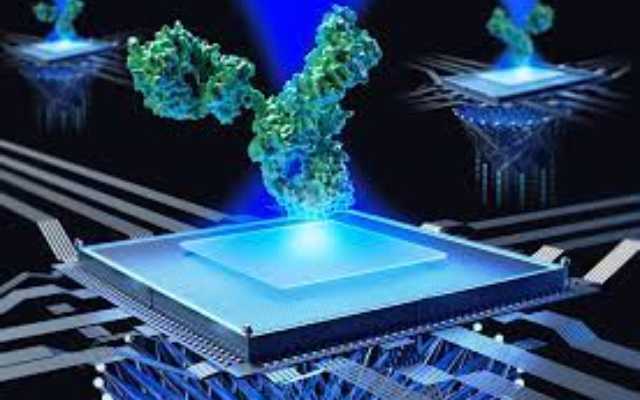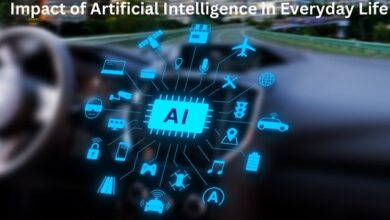How artificial intelligence can improve protein detection

Here is How artificial intelligence can improve protein detection: Protein detection is a critical aspect of several fields, including medicine, biotechnology, and food science. The traditional methods of protein detection involve time-consuming and labor-intensive processes. This is where artificial intelligence (AI) comes into play, providing a more efficient and accurate solution to the problem.
AI can analyze complex datasets and identify patterns that may be difficult or impossible for humans to detect. This article will explore how AI can improve protein detection and the different techniques used in this process.
How artificial intelligence can improve protein detection:
- Faster analysis:
Traditional protein detection methods can take several days to complete. AI can analyze large datasets in a matter of hours, reducing the time required for protein detection. This is particularly useful in medical applications where quick diagnosis and treatment can make a significant difference in patient outcomes.
- Improved accuracy:
AI algorithms can analyze protein detection data with a high degree of accuracy. This can help reduce false positives and false negatives, ensuring that protein detection is more reliable. In addition, AI can help identify proteins that may have been missed using traditional detection methods.
- Enhanced sensitivity:
AI can detect very low concentrations of proteins that traditional methods may not be able to detect. This can be particularly useful in medical applications, where early detection of diseases can improve treatment outcomes.
- Reduced costs:
AI can significantly reduce the cost of protein detection by eliminating the need for expensive reagents and equipment. In addition, AI can reduce labor costs by automating the analysis process.
Techniques used in AI-based protein detection:
- Machine learning:
Machine learning algorithms are used to analyze large datasets of protein detection data. These algorithms can identify patterns and correlations that may be difficult for humans to detect. Once a machine learning algorithm is trained on a dataset, it can be used to analyze new data quickly and accurately.
- Deep learning:
Deep learning algorithms are a type of machine learning algorithm that can analyze large datasets with a high degree of accuracy. These algorithms are designed to simulate the human brain’s neural networks, enabling them to identify complex patterns and relationships in data.
- Convolutional neural networks (CNNs):
CNNs are a type of deep learning algorithm that is commonly used in image recognition. However, they can also be used in protein detection to identify proteins based on their structure. This can help identify proteins that may be missed using traditional detection methods.
- Support vector machines (SVMs):
SVMs are a type of machine learning algorithm that can be used to classify proteins based on their properties. SVMs are particularly useful in medical applications, where proteins may be classified based on their function or disease association.
FAQ:
Q1. How does AI improve protein detection?
A1. AI can improve protein detection by providing faster analysis, improved accuracy, enhanced sensitivity, and reduced costs.
Q2. What techniques are used in AI-based protein detection?
A2. Techniques used in AI-based protein detection include machine learning, deep learning, convolutional neural networks, and support vector machines.
Q3. How can AI reduce the cost of protein detection?
A3. AI can reduce the cost of protein detection by eliminating the need for expensive reagents and equipment and reducing labor costs by automating the analysis process.
Q4. What are the benefits of using AI for protein detection?
A4. The benefits of using AI for protein detection include faster analysis, improved accuracy, enhanced sensitivity, and reduced costs.
Q5. Can AI detect very low concentrations of proteins?
A5. Yes, AI can detect very low concentrations of proteins that traditional methods may not be able to detect.
- Impact of Artificial Intelligence in Everyday Life
- What is The Role of Artificial Intelligence in The Future of 5G
- Best Programming Language for Artificial Intelligence
Conclusion
In conclusion, artificial intelligence has the potential to revolutionize the field of protein detection, offering faster and more accurate results than traditional methods. The combination of AI algorithms and advanced technologies such as mass spectrometry can enable researchers to identify and quantify proteins with greater precision, helping to unlock new insights into biological processes and disease mechanisms.
However, it is important to note that AI is not a panacea and must be used responsibly, with careful consideration of its limitations and potential biases. With continued research and development, AI-powered protein detection has the potential to make a significant impact in fields such as drug discovery, personalized medicine, and biomarker identification.







